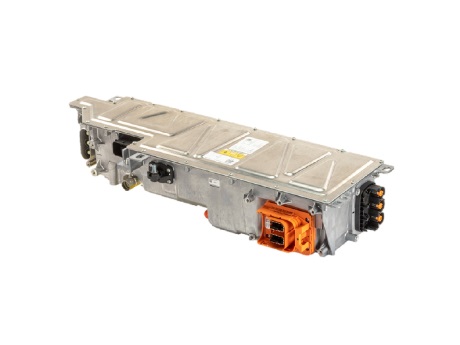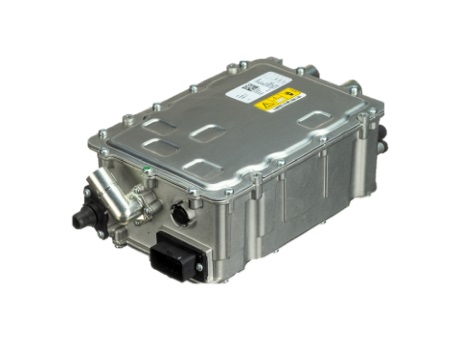Charge Mode 2 Cables
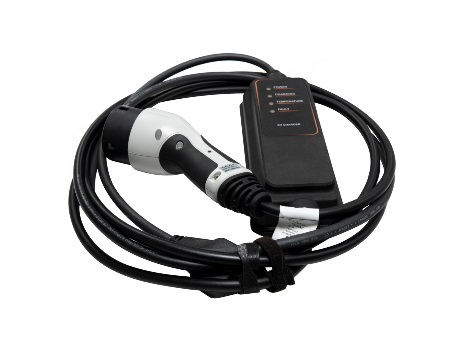
- Product Information
- Product Resources
- Enquire
- Related Products
Proven durable EV charging cables that last
Delphi Charge Mode 2 Cables are in serial production at multiple major OEMs. Tested according to automotive Standards (LV124), our proven design offers reliability and performance that exceed well beyond compliance. The In-Cable Control- and Protection Device (IC-CPD) allows drivers to safely charge their battery-powered electric vehicle (BEV) or plug-in hybrid electric vehicle (PHEV) without the need for a dedicated circuit or EV charging station.
Our robust design of the in-cable control (ICC) box make it not only drive over resistant* (acc. IEC 62196-1) but able to handle extreme temperatures ranging from -30°C (-22°F) to +50°C (122°F), all the way up to +70°C (158.0°F) in storage. With superior water sealing protection* of immersion in 1 meter, well beyond the 5cm standard* (IP67 High sealing performance (1 meter)), the IC-CPD is durable enough for anything nature throws at it.
And to ensure a service life that lasts just as long as the expected battery life of a vehicle, our IC-CPD is designed to last over 10,000 mating cycles- That adds up to a service life of 9 years if used 3 times a day!
Safe EV charging to protect you and your vehicle
When working on anything electrical, safety is our top priority. That’s why Delphi Charge Mode 2 Cables are fully compliant with the IEC 62752 standard and protect you and your vehicle from dangerous electrical faults that can cause damage, shock, fire, or worse.
Shock protection: When the vehicle charging inlet and grid socket are properly connected, all terminal interfaces and terminals are fully protected against contact. Type B RCD residual current detection (RCD) detects fault currents and disable the charging process.
(NA ONLY) Ground monitoring: IC-CPD measures the protective conductor resistance and stops the charging process if the measured value is too high.
Overheating protection: Dual thermal sensors in the grid plug and sensors inside the ICC box monitor temperature.
Short circuit protection: Short-circuit management capability, will the IC-CPD protects on short circuits at EV.
Overvoltage protection: IC-CPD protects EV from overvoltage.
| Countries* | Connector Type | Current | Charge Level | Cable Length (m/ft) | Grid plug type | Part Number |
| North America | SAE J1772 / Type 1 | 10A | Level 1 | 5.0 / 16.42 | NEMA 5-15 / 90° | PLV10001-11B1 |
| Europe | Type 2 | 10A | Level 1 | 5.0 / 16.40 | Typ E/F 90° | PLV10003-12B1 |
| UK | Type 2 | 10A | Level 1 | 5.0 / 16.42 | Typ G | PLV10005-12B1 |
| Switzerland | Type 2 | 8A | Level 1 | 5.0 / 16.44 | Typ J 90° | PLV10007-12B1 |
| Norway | Type 2 | 10A | Level 1 | 5.0 / 16.45 | Typ E/F 180° | PLV10008-12B1 |
| Denmark | Type 2 | 6A | Level 1 | 5.0 / 16.43 | Typ K 90° | PLV10010-12B1 |
| Finland | Type 2 | 8A | Level 1 | 5.0 / 16.41 | Typ E/F 90° | PLV10011-12B1 |
| Italy | Type 2 | 8A | Level 1 | 5.0 / 16.46 | CEI 23-50 / 90° | PLV10009-12B1 |
| China | GB/T | 8A | Level 1 | 5.0 / 16.42 | GB 2099 / 90° | PLV10015-12B1 |
*For a full list of countries available, please contact your Delphi representative.
| What is Level 1 AC charging? | A charging “level” in EV terminology refers to the electric power distribution type, standards, and maximum power of a charging system as defined by SAE J1772 and internationally adopted under IEC 62196-1. Sometimes referred to as “trickle charging”, level 1 charging is perfect for plug-in hybrid vehicles and offers a great alternative charging option by providing a home charging station. By using existing infrastructure, electric vehicle owners save on installation costs while still being able to fully charge their battery overnight. And because the charger is portable, it can easily be stored in any EV luggage compartment, making it perfect for short commutes, overnight charging, or an emergency charge. | A “Level 1” AC charge pulls electrical energy from the power grid via a standard 120V household outlet and capable of supplying an average maximum of 16 A and 1.92kW. The electric vehicle’s on-board charger then converts and stores this energy for the electric motor. Depending on the vehicle, level 1 charging usually takes 12 to 24 hours to get a full charge on a fully depleted battery. |
| What is mode 2 EV charging? | A charging “mode” in EV terminology refers to the mode of power delivery, control, and protective equipment of a charging system as defined by IEC 61851-1, the international standard for electric vehicle conductive charging systems. | “Mode 2" uses a cable incorporated with a protection device to connect the electric vehicle to a household socket outlets. |
Our cables use In-Cable Control- and Protection Device (IC-CPD) to provide a standard grounded power connection to residential building sockets from 100 V to 240 V 50/60 Hz (depending on the model variant) and a charging current of 6 A up to 16 A.
An alternative EV charging option for peace of mind
For drivers that suffer range anxiety- the fear that a vehicle has insufficient range to reach its destination- having a Charge Mode 2 cable available on hand can offer some peace of mind. It also ensures that your vehicle will be charged and ready for use when needed with automatic reset.
Our built-in Auto-Reset feature provides a restart in the event of a temporary power grid fault, such as excessive voltage or a brownout. The charging dock will automatically clear any error codes when the cause of the temporary error condition returns to normal and then attempt to restart the charge.
To learn more about OE quality aftermarket EV parts you can trust, contact your Delphi representative today.
The Delphi Difference
-
100 years of OE experience, supplier to the world’s top automakers
-
OE heritage and knowledge built into every aftermarket part
-
Comprehensive portfolio for a wide range of vehicles and model years
-
Streamlined SKUs for easy inventory management
-
Support through tools, tips and training

Related product resources and downloads

Resource Highlights
In the first of our two-part series, we explore the latest outlook for hybrid and electric vehicles (HEVs) and the key trends influencing this – namely growing regulation and changing customer perceptions.
Whether a mild hybrid, plug-in hybrid (PHEV), full hybrid or an electric vehicle (EV), they all offload all or part of the work of a conventional internal combustion engine (ICE) to a battery-driven motor. And the trend for doing this is growing quickly with global sales on the rise. But what’s driving the upturn in the hybrid and electric vehicle market? And what will this mean for the vehicle parc that you service?
In the first of our two-part series, we explore the latest outlook for hybrid and electric vehicles (HEVs) and the key trends influencing this – namely growing regulation and changing customer perceptions.
Stricter policy and regulation
One of the key factors is the world’s industrialised nations taking a more aggressive approach on climate change. Case in point: in December 2018, the European Union agreed on even stricter regulations to reduce carbon dioxide (CO2) emissions. The new policy will see average emissions for new cars sold in the EU lowered to around 81g CO2/km by 2025 and 59 g CO2/km by 2030, compared with an average of more than 110 g CO2/km today.
Whilst consumers stand to save over the life of an electric vehicle, upfront purchase costs are significantly higher than for a conventional vehicle. To reduce the gap and encourage EV sales, governments are also offering a range of financial incentives to buyers including tax credits, exemptions from road tax and additional ‘environmental’ bonuses.
At the same time, major cities have announced plans to restrict access to some vehicles. Paris for example, intends to allow only electric or hydrogen fuelled cars in and around the capital by 2030, with older diesel cars banned from summer 2019. London has already implemented an ultra-low emission zone (ULEZ), imposing charges to drive in central London in all but the cleanest cars and vans. And Oxford is expected to introduce a zero-emission zone (ZEZ) in 2020, banning all non-zero emissions vehicles from the centre during certain hours.
Growing customer acceptance
Technology has also played its part. Thanks to optimised lithium-ion cells, the use of new materials and an improved battery pack design, all-electric driving ranges, which until now were one of the biggest barriers to purchase, will increasingly top 200 miles/300 kilometres (kms). For instance, the Nissan Leaf E+ can achieve up to 239 miles/382 kms between charges, and the Mercedes-Benz EQC up to 294 miles/471 kms, making them more comparable with their ICE equivalents. Tesla’s next generation Roadster will be able to top 620 miles/1000 kms per charge, giving us a taste of what is achievable.
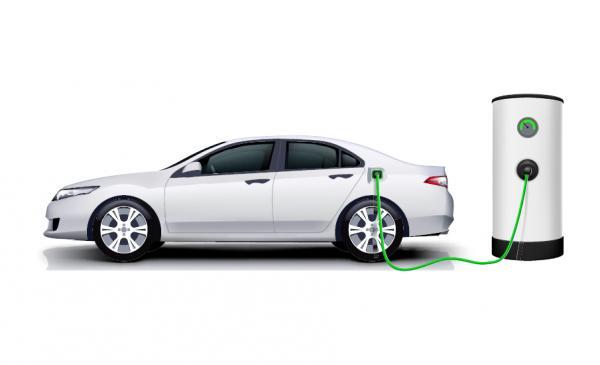
Charging times, however, are going the other way. By 2025 it is estimated that it will take only 30 minutes to achieve an 80 percent change in a 60 kWh battery, the equivalent of a 200 mile range. This is an important threshold for many consumers. And whilst the charging infrastructure may be still lagging by then, governments, automakers, utility companies and third parties are working together to improve public charging. For example, Ionity – a joint venture between Daimler, BMW, Ford, and the Volkswagen Group – aims to set up a High-Power Charging (HPC) network across Europe, with 400 charging stations or 2400 individual charging points by 2020. Others are doing the same.
With these improvements you might expect battery costs to increase. On the contrary, the average cost of a lithium ion battery, which initially accounted for around 50 percent an electric car, will continue to fall. Already 70 percent lower than in 2010, further reductions will lessen the total cost of ownership, with some predicting that this could be on a par with ICE vehicles as early as 2022.
These advances will make HEVs a much more realistic and viable option for any new car buyer. Combined with the push from both government and vehicle manufacturers, there will be a major shift over the next decade, with HEVs coming to our roads in unprecedented numbers. Indeed by 2025, it is forecast that more than half of European vehicle production will be electrified in some form or another. Growing to 70 percent by 2030. And just like their fossil fuel counterparts, these vehicles will all need servicing.
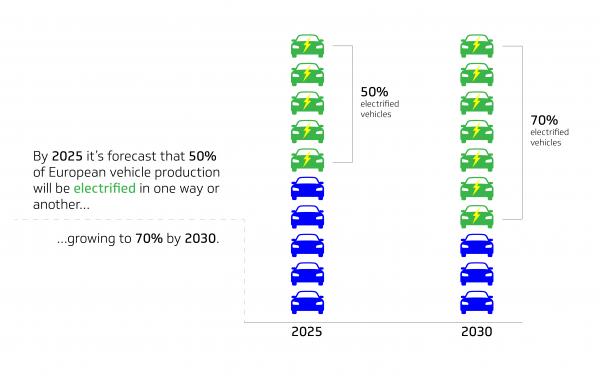
This represents a huge opportunity for garages with the right parts, tools and know-how. But are you ready? In the next of our two-part series, we’ll examine what this means for the aftermarket, and how by partnering with an OE provider like Delphi Technologies, you can take advantage of the electrified opportunity. Both today and tomorrow.
Check out part two: Hybrid and electric vehicles: an electrified opportunity.

Visit our Technician Library for access to Documents and Downloads
Get in touch
The full Delphi Power Electronics product range
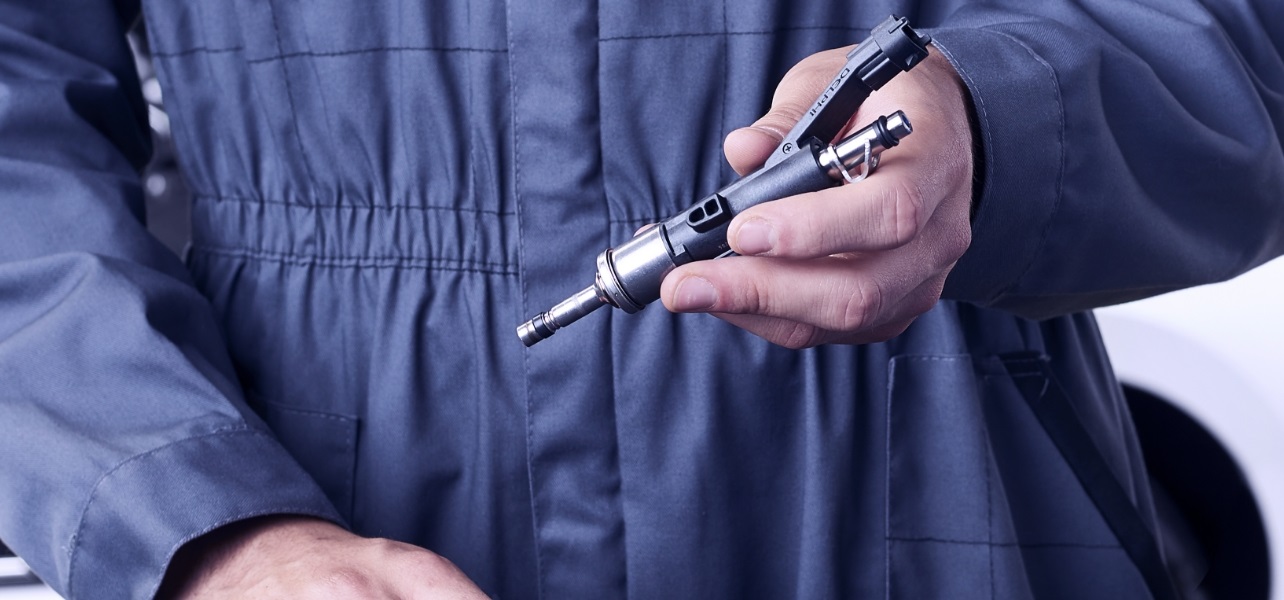
Find out where to buy Delphi parts

